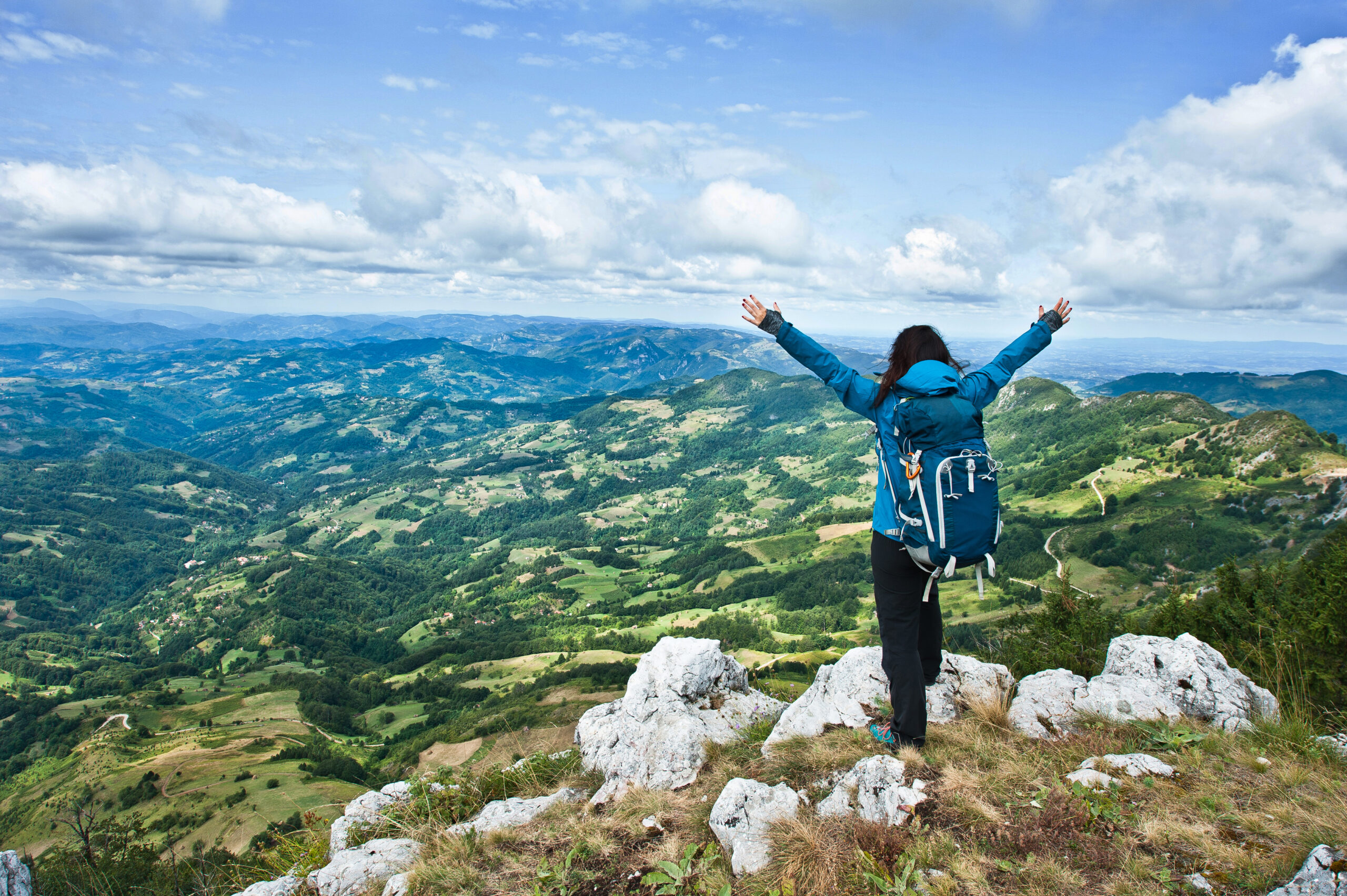Rebranding Serbia as a prime tourist destination
Exclusive Interview: Marija Labović, CEO, National Tourism Organisation, Serbia
Last year was very difficult for the global tourism industry, including of course for Serbia. But just how did they weather through? We put the question to Marija Labović, CEO, National Tourism Organisation, Serbia.
International tourism suffered the most, with overnights down 78% in 2020. We expect 2021 to be difficult again. Although vaccinations bring light at the end of the tunnel, it seems that this light will not come as quickly as hoped. In the meantime, we worked hard on strengthening our tourism marketing with the adoption of our Tourism Strategy until 2025. We are rebranding Serbia as a tourist destination and are formulating our strategy for 2022 and beyond.
Did you change the way to promote Serbia? What are your main markets ?
With the current situation, we will have to focus further for the near future on domestic and regional markets, while keeping a “soft” presence on other markets. We will shift our activities to almost only digital promotion and marketing at least in 2021. Traditional key markets for Serbia are neighbouring countries- former Yugoslav countries, Bulgaria, Romania and Turkey. China was our number one overseas market in 2019, while Russia and Germany remained strong.
What kind of products are you presenting in 2021? How are you adapting them to a demand for more sustainability and more health safety?
In 2021, we will focus on nature-linked holidays. We will put more promotional efforts to bring tourists in a sustainable way to our protected natural areas like national parks. We want to promote rural accommodation with succulent Serbian food as well as slow adventure activities like hiking and biking, for travellers to familiarise themselves with Serbian culture and history. This includes remote medieval monasteries and fortresses, art galleries, traditional arts and craft producers. Of course, we are also improving tourism infrastructure, such as new 4 and 5 star hotels in cities, or ski infrastructure in winter resorts such as Kopaonik and Zlatibor. Since the culture is a very important promotion tool, we will of course put great emphasis on Novi Sad as European Capital of Culture 2022.
Photo: Marija Labović,
CEO, National Tourism Organisation, Serbia
NEWS
Slow adventure at ITB Berlin NOW
For Marija Labović, CEO, National Tourism Organisation, Serbia, city breaks in Belgrade and Novi Sad will continue to be key products for international visitors, once the pandemic is over. Serbia is convinced that most tourists are now seeking natural uncrowded destinations. Promotion at ITB Berlin NOW 2021 is thus all about slow adventure. The new concept serves as an antidote to people’s urban life. Slow adventure encourages tourists to experience outdoors at a slower pace and to engage with remote and wild places, with the appreciation of the environment, local food, culture, history and traditions.
Focusing on new markets in 2022
Besides former Yugoslav Republics, Russia, or Germany, Serbia’s tourist authorities are aiming in 2022 to become more active in European markets, offering an interesting development potential. Among them are Italy, France, the UK, Benelux, Scandinavia and the USA. Most of them generated total arrivals ranging between 30,000 and 50,000 in 2019. China was by far the largest market in 2019 with close to 145,000 arrivals. “We will focus more on positioning in these important markets from 2022 onwards when we expect the pandemic to be behind us”, explains Marija Labović
.


